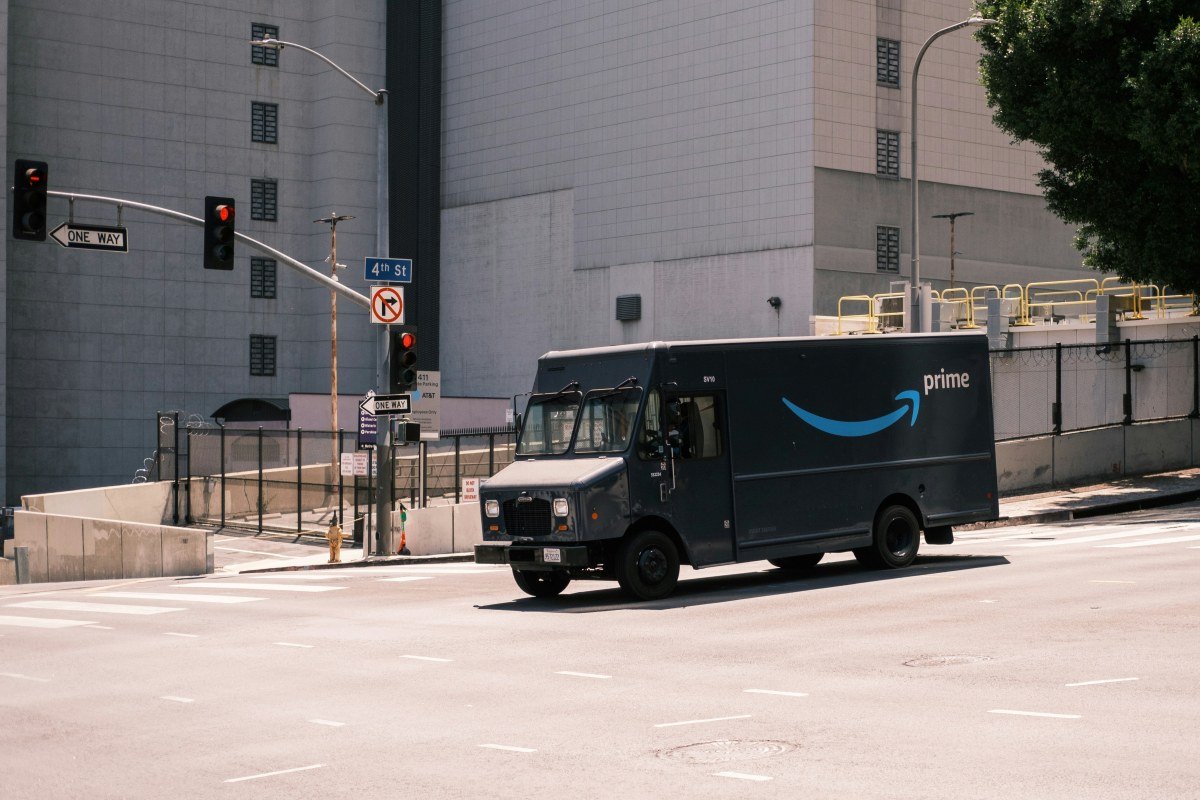In 2021, a supply and demand conflict sparked significant issues within the automotive industry. These struggles spilled over into the trucking industry and left many drivers in a state of shock and awe.
The production of heavy-duty trucks has not only faced incredibly high demand but has also grappled with the continuous constraints of the supply chain. All of this has led to less than ideal prices and unlucky drivers. However, those that find themselves in a seller’s position may have the upper hand in this scenario.
In this article, we will discuss how the current heavy-duty truck market has been affected by the microchip shortage that began in 2021 and take a look at how it may impact the months to come.
What caused the microchip shortage?
The current microchip shortage results from several issues that started in 2020 and have carried through into today’s market. Along with the shutdowns of many manufacturing plants and shipping facilities worldwide, makers of semiconductor microchips have faced extremely high demand for several industries outside of automotive.
When the world went into lockdown, many automakers canceled their orders for the microchips, while those who made computers, televisions, and other electronics requested more than usual. Once the world began opening up again, automakers put in their orders and competed against the electronics industry in hopes of making and releasing their highly-anticipated 2021 and 2022 models. However, the world’s top microchip producers couldn’t meet the increasing demand due to a series of natural disasters that forced many facilities into yet another shutdown.
To this day, manufacturers and shippers of the semiconductors are still attempting to restore balance and fulfill orders. However, experts aren’t sure when or if producers will pull it all together.
So, how does all of this affect the pricing of heavy-duty trucks?
How is the microchip shortage impacting truck prices?
The semiconductor shortage and supply chain disruptions have caused heavy-duty truck factories to fall short in terms of meeting consumer demands. For instance, in July of 2021, Class 8 manufacturers built a total of 14,920 units, whereas only a year prior, the factories were able to produce 262,100 units.
These struggles with production have caused prices to rise continuously, leaving large fleets out of luck. With the world’s economy flowing and freight rates at the highest they’ve been in years, the demand for medium and heavy-duty trucks has never been higher. Other transportation industries, including container shipping, are also experiencing steady price increases, which only further impacts the price of new trucks.
Supply and demand have also justifiably increased the price of used vehicles this year. This rise in value has given those in possession of used heavy-duty trucks the upper hand. But those searching for additions to their fleet may find themselves at yet another disadvantage. According to ACT Research, the average value of used Class 8 vehicles is 68% higher than they were in the previous year, and the average miles and ages of the vehicles are up to 5% lower. For example, the price of a three-year-old heavy-duty truck with approximately 400,000 miles on it would quickly sell for six figures, according to an ACT researcher. However, a year ago, the exact vehicle would not have sold for more than $70,000.
With no practical solution in sight, many in the industry anticipate a continuous increase in prices for both new and used Class 8 vehicles as we move through 2022.
More like this:
→ Q&A: Trucking Expert Talks Inventory Shortage
→ Where Did All of the Trucks Go?
→ How to Retain Your Top Drivers During a Shortage
→ How the Supply Chain Problem will Impact the Holiday Season










